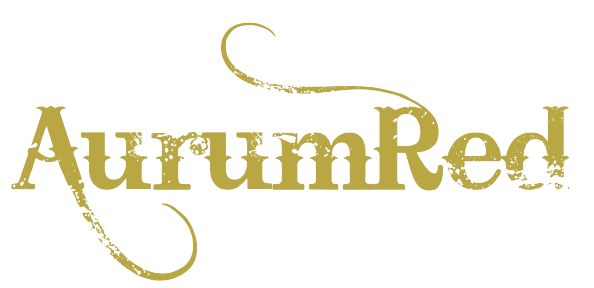Partners
SMART WINE
A unique experience…
Wine is a living element whose life journey is nothing more than a process of progressive oxidation that leads it to its “death.” Like people… And just as people during this cycle can suffer from illnesses that alter or shorten their development, their growth.
At DivineRedWine, we have developed and patented a novelty, unique in the world.
With our technology, we are capable of correcting most wine diseases or defects and then enhancing its organoleptic qualities to the maximum, in just a few minutes. This greatly benefits the winery by reducing time and eliminating the need to apply any products. Most importantly, our technology can be applied directly in the tank or, if the wine is already bottled, directly into the bottle without the need to open it.
Consuming wine in poor condition can be harmful to the body. Below, we can see several types of defects or diseases that can be found in wine.
TYPES OF DEFECTS AND DISEASES
CORK TASTE
It is said to have a cork taste when a chemical reaction occurs between organic components and elements like chlorine, which can result from the washing of corks or barrels. This odor can also originate from the decomposition of certain components derived from the use of pesticides used on the wood in the structures. The recommendation: switch to stainless steel.
SOUR OR WITH VOLATILE ACIDITY
It has a vinegar-like smell, sour, and a weak taste. It has the aroma of vinegar. It appears in wines that are exposed to oxygen for a long time, often due to improper sealing or storing them upright, causing the cork to dry out, shrink, and allow for micro-oxygenation.
SULFURED
The smell resembles that of a lit match, and in terms of taste, it provides dryness and a tingling sensation.
REDUCED
It presents a smell of rotten eggs, garlic, or decomposing vegetables.
OXIDIZED OR SHERRIED
It is oxidized due to excess oxygen exposure. It is a wine with a stale and muted aroma, often with a brown color. If the wine is in direct contact with light, it may show signs of oxidation.
WOOD-AGED
Occurs due to excessive aging in oak. In red wines, this defect is noticeable because the wine lacks brightness, has a brownish color with a weak and short aroma, and a slightly acidic taste. In white wine, you can detect it because its color is also darker than usual, it will have an aroma with few attributes, and its taste will be somewhat acidic.
VINEGARY OR VINEGARED
Develops on the wine’s surface when exposed to air, forming a white film that turns pink with time and gets into the must, reducing alcohols and giving it volatile acidity.
WINE FLOWER DISEASE
Grayish or pinkish rings form depending on the wine’s color. It leads to the total oxidation of alcohol and a complete loss of flavors and aromas. This disease occurs in young wines with low alcohol content and weak acidity.
TORNADO OR TURNING DISEASE
Breaks down various components of wine, such as sugars, glycerin, tannins, and especially tartaric acid. Wines become cloudy and turn chocolatey, making them unpleasant. You can observe the release of carbon dioxide. Causes include poor or hail-damaged harvests.
BITTER OR SWEET DISEASE
Occurs in wines whose fermentation stops due to a lack of acidity, resulting in a sour and sweet taste simultaneously. This disease is more common in red wines than in whites.
METALLIC TASTE (IRON, ZINC, COPPER)
These aromas and flavors are due to the must or wine being in contact with a metallic element, such as harvest containers, conveyor belt buckets, poorly coated iron tanks, which the wine’s acidity dissolves, giving it bitter flavors.
OVER 5 YEARS OF RESEARCH
One of our challenges was to ensure that once modified, it would be maintained and not only have we achieved this but, over time, it even improves.




